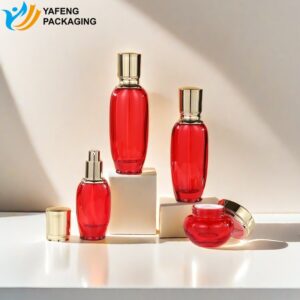
Great things in business are never done by one person. They’re done by a team of people. We have that dynamic group of peoples
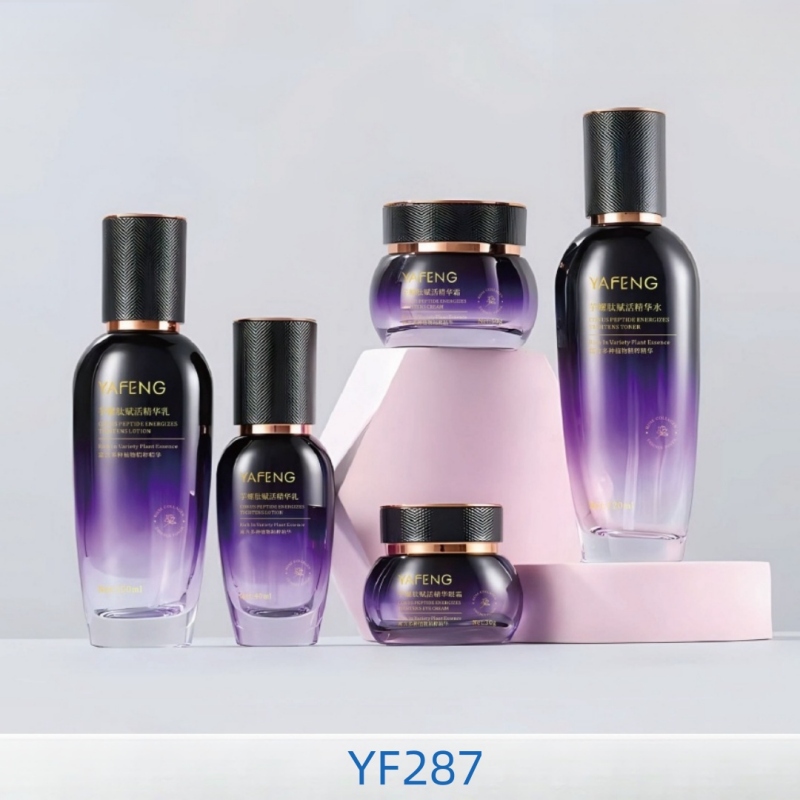
In the changing beauty industry, good packaging is very important. It helps grab people’s attention and shows what a brand is all about. Glass is a popular choice because it looks classy and is good for the environment. Matte glass is especially preferred. This guide looks at how to get a nice matte finish on glass packaging. It shares useful tips for cosmetic brands that want to improve how their products look and attract picky buyers.
A matte finish on glass packaging means the surface is not shiny and looks soft and smooth. This type of finish scatters light, so it doesn’t reflect much. Unlike shiny glass, matte glass feels nice to touch and looks classy with a simple style.
To create this sought-after look, makers use different forms of methods. These can include sandblasting and acid etching. Each method changes the glass’s surface in a unique way. This change affects how light looks on it and how it finally appears. For brands, knowing these different forms to create a matte finish is key. It helps them make choices that match their product identity and improve customer service.
Matte glass is becoming very popular in the beauty industry, especially for cosmetic packaging. This change is due to its ability to make a product look more valuable and attractive on busy shelves.
The way matte glass interacts with soft, diffused light adds a touch of sophistication and high quality. It is perfect for holding high-end cosmetics and skincare products. It gives an impression of subtle luxury that appeals to shoppers looking for products that show good taste and attention to detail. In addition, matte glass fits well with the rising demand for minimalist and sustainable packaging solutions.
Its natural beauty needs little decoration. This allows brands to use clean and simple designs that give off a sense of honesty and care for the environment. The simple look of matte finishes also works well to display branding and product details clearly, making them noticeable without being too loud.
Creating the perfect matte finish on glass requires careful work. This process changes the surface of the packaging material. In the cosmetics industry, there are a few common methods: sandblasting, acid etching, and coatings.
Sandblasting uses fine particles that speed through the air to make tiny marks on the glass. This creates a frosted look, making it appear opaque. It works well for making a consistent matte finish on different types of glass.
Acid etching involves a chemical used to slowly wear away part of the glass. Hydrofluoric acid is used to create unique patterns and designs. This method offers more choices for design.
Coatings use materials like ceramic or polymers. These can be added to the glass to make a matte appearance. This method also allows for different levels of opacity and texture.
Each method has its pros and cons related to cost, durability, and environmental impact. This means it is important to choose wisely when deciding the best approach for your packaging in the cosmetics industry.
Choosing the right type of glass is very important for getting a nice, matte finish that lasts for cosmetic packaging. Different types of glass have different levels of clarity, color, and resistance to chemicals. These differences can affect how the final product looks after finishing.
When selecting the material, you should consider how opaque you want it, how you plan to use the product, and if it will work well with the matte finishing process you picked. It is a good idea to talk to packaging suppliers and glass makers. This will help you make better choices.
Soda-lime glass is the most common and affordable type of glass. It works well for matte finishes, especially when it is coated or etched. Its smooth surface helps create a nice matte look. Another good choice is borosilicate glass. It is strong and can handle heat changes. However, you need special techniques to finish it because it is harder. This glass gives better protection for fragile cosmetic products.
Recycled glass is becoming a popular sustainable packaging option. It can also be used for matte finishes. But it may have some impurities that require treatments or coatings to make it look even. It is important to check how sensitive your product is to light and air. You should select the right type of glass that offers enough protection.
While frosted glass, achieved through sandblasting or acid etching, offers a sophisticated aesthetic and a pleasant tactile experience, other matte materials are available for cosmetic packaging needs. These alternatives might present advantages in specific scenarios depending on factors like cost, durability, and desired visual effects.
For instance, plastic packaging with a matte finish is a cost-effective alternative, offering versatility in design and manufacturing. However, it might lack the premium feel associated with glass and raise concerns regarding its environmental impact compared to friendly cosmetic packaging alternatives.
Material | Advantages | Disadvantages |
Frosted Glass | Premium aesthetic, durable, recyclable | Higher cost, potential for fragility |
Matte Plastic | Cost-effective, design versatility | Less premium feel, environmental concerns |
Coated Glass | Variety of finishes, cost-effective | Durability of coating, potential for chipping |
Ultimately, the choice between frosted glass and other matte materials depends on a thoughtful evaluation of the brand’s packaging needs, budget constraints, and sustainability goals.
Matte finishing is usually added during the glass-making process. This happens after making the bottle or jar from raw materials. The technique can require special tools and skilled workers.
For sandblasting, glass containers go into a controlled space. They are hit with small abrasive particles, which gives them a frosted matte look.
Acid etching needs a finer approach. It often uses masks or stencils to keep some areas clear. This method is great for adding designs, logos, or letters to the glass surface. It helps to include branding in the packaging ideas. After finishing, treatments like cleaning and annealing are done. This helps to make sure the product is durable and safe.
Sandblasting is a popular way to give a smooth matte finish to glass containers. In this method, fine sand, aluminum oxide, or glass beads are shot at high pressure onto the glass surface. The impact of these materials creates tiny indentations. This breaks up the smooth surface and scatters light in many directions.
This scattering of light makes sandblasted glass look opaque and frosted. How much sandblasting is done affects the final look. A lighter blast gives a soft frosted effect. In contrast, longer exposure makes the glass very opaque and almost white. Sandblasting is used a lot for different styles of cosmetic packaging, including simple bottles and more unique, custom packaging shapes.
Also, sandblasting leads to a strong finish. The tiny etchings made during the process change the glass surface for good. This keeps the matte look safe from damage, even in busy supply chains. This strength makes sandblasted glass great for products that are often handled or that can get scratched.
Acid etching is a different way to get a matte finish on glass, especially for complex designs and patterns. This method uses hydrofluoric acid, which wears away the glass surface in a controlled way. To protect the areas that should not be etched, a resist material, like a stencil or mask, is used. This keeps some parts safe while the acid works on the exposed areas.
When the acid touches the unprotected glass, it breaks down the silica, making it look frosted and etched. How deep and textured the etching is depends on how strong the acid is, how long the glass is exposed, and the type of glass used for cosmetic jars. One key benefit of acid etching is its precision. It gives better control than sandblasting, allowing for fine details, logos, and gradients. This makes it a good choice for brands that want fancy designs, decorative patterns, or frosted windows for their glass packaging.
It’s important to remember that acid etching uses dangerous chemicals, which means strict safety rules and careful waste disposal are needed. As sustainability becomes more important, brands are looking for greener options to reduce their impact.
Designing matte glass bottles needs some thought about how the look will match the brand and boost the product’s appeal. The mix of color, transparency, and texture greatly affects how people see the product on the shelf and if it grabs their attention.
You should think about product visibility, label placement, and how to include branding elements with the matte finish. Knowing these details helps brands make strong packaging designs that tell their brand story well.
Matte glass has a simple elegance. It acts as a special background for branding elements while keeping a clean and stylish look. Unlike shiny surfaces, which can distract from graphics, the soft finish of matte glass lets logos, text, and other branding features shine. The light reflection from matte glass is gentle, which helps in reading and gives a nice feel.
Adding features like raised logos, engraved words, or light impressions can make matte glass packaging more appealing. This helps create a strong memory of the brand. When designing with matte finishes, it’s important to think about the colors of the glass and the branding. Choosing colors that contrast helps logos and text stand out. For a softer look, you can select similar colors, creating a simple style that fits the packaging vision.
Additionally, brands can use the special light effects of matte glass for stunning visuals. By adding clear windows or labels, brands can give customers a peek at the product inside. This adds excitement and improves the customer service experience.
The color choice for matte glass packaging affects how well customers see the product and how nice the design looks. Clear glass has a classic style and lets people see what’s inside. On the other hand, colored glass can make the product feel more refined and match specific brand styles or product lines.
For skincare products, amber and green glass are often chosen. They can filter UV light and help protect important formulas from breaking down. When picking colored glass that is matte, it’s important to find a good mix of style and usefulness. The matte finish can hide the product and make it hard to see. Adding clear windows in the right spots can solve this problem. These windows let customers check the product’s color, texture, and how much is left.
Brands can also use clear labels or simple designs on the front. This way, key product details stay easy to see. In the end, choosing the right color for matte glass packaging requires careful thought about the packaging solutions, product features, and overall design look.
Conclusion
In conclusion, using a matte look in glass packaging can make cosmetic products more attractive. Techniques like sandblasting and acid etching create special textures and looks. Choosing the right type of glass is key for getting a good matte finish. You also need to think about design, as it helps blend branding and color choices for a complete packaging look. By knowing how to do matte glass packaging and its advantages, you can improve the overall style and value of your cosmetic products.
Matte glass packaging gives cosmetic companies in the beauty industry a stylish look. It also offers better functionality because of its grip. Plus, it helps with sustainability since glass can be recycled.
Matte finish does not change how glass can be recycled. Glass is a sustainable and friendly packaging material. You can recycle it no matter what its finish is. This helps to reduce environmental impact.
Custom packaging solutions provide many options for matte glass. They let you create unique shapes and sizes for bottles and cosmetic jars. This can help match your brand’s look.
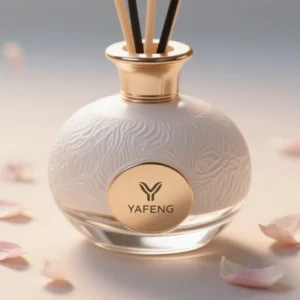
Discover how rattan aromatherapy works and why glass bottles are the best choice for long-lasting scent, safety, and sustainable, elegant packaging.
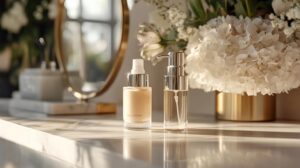
Discover the differences between pumps and sprays in cosmetic packaging. Choose the best option for your product!
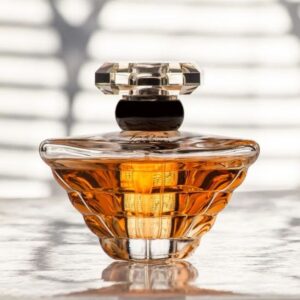
Discover the top 10 women’s perfumes, featuring luxurious scents in elegant glass perfume bottle packaging. Find your perfect fragrance for any occasion today!
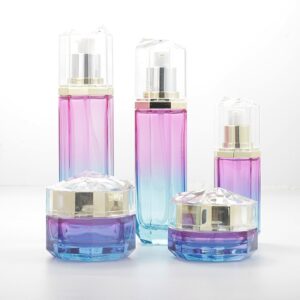
Discover how glass bottles are made! From raw materials to shaping and annealing, explore the fascinating manufacturing process of this everyday container.
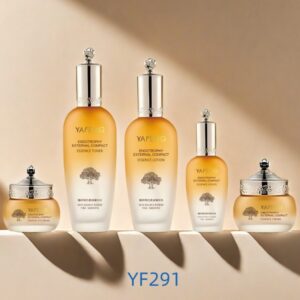
Your comprehensive guide to importing cosmetics from China! Learn about FDA regulations, labeling requirements, finding suppliers, customs clearance, and more.
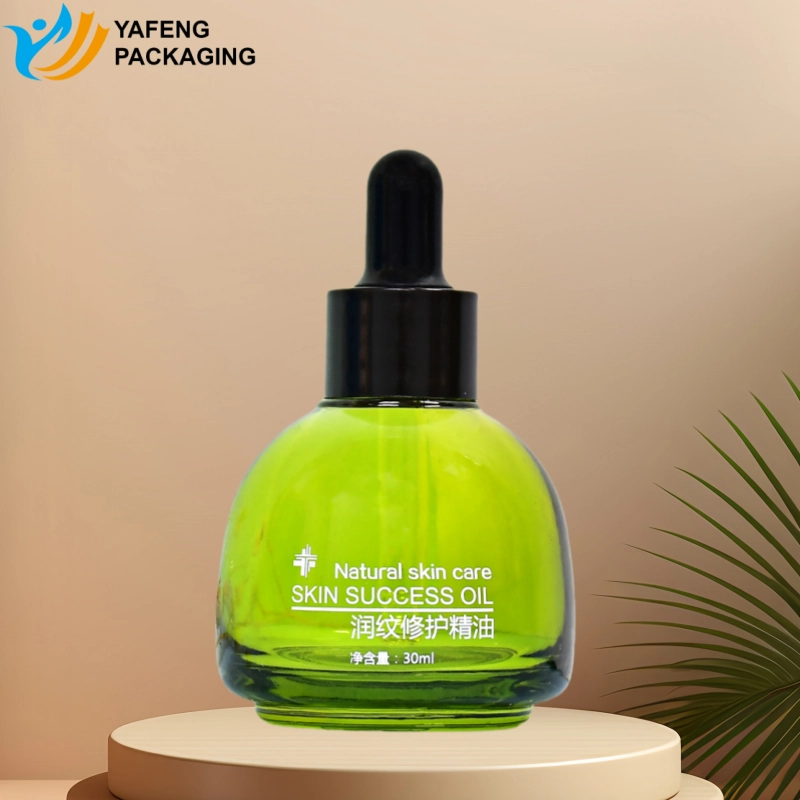
Discover how spray coating enhances skincare and perfume packaging by improving appearance, brand identity, durability, and safety with advanced technology.
Explore custom vs. stock bottles for skincare packaging. Learn how Yafeng’s solutions boost brand identity, quality, and efficiency in this in-depth guide.
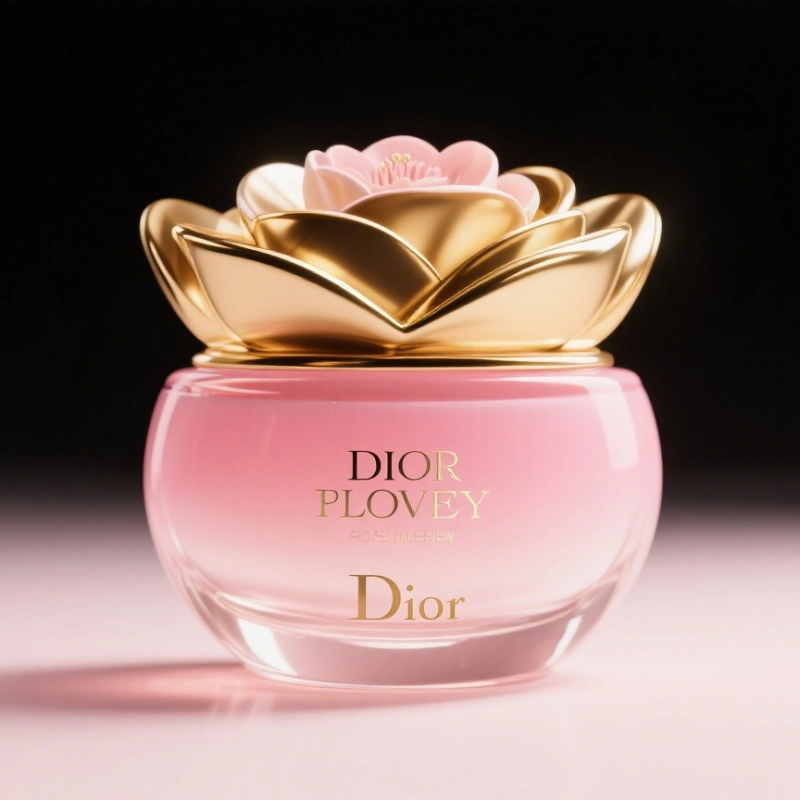
Discover how gradient color spray transforms cosmetic glass bottles, enhances brand image, and boosts product appeal with expert insights from Yafeng Packaging.
WhatsApp us